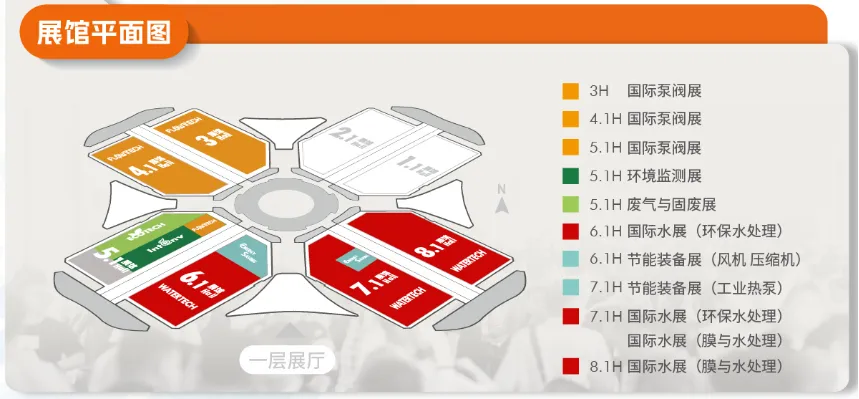Mobile:+86-311-808-126-83
Email:info@ydcastings.com
High Efficiency Impeller Design for High Pressure Pump Applications
The Role of High Pressure Pump Impellers in Fluid Dynamics
High pressure pumps are integral components in various industrial applications, ranging from oil and gas to water treatment systems. At the heart of these pumps lies the impeller, a pivotal element that significantly influences the efficiency and performance of the pump. Understanding the function and design of high pressure pump impellers is essential for optimizing fluid dynamics and improving overall system efficacy.
An impeller is a rotating component that converts mechanical energy into kinetic energy, propelling the fluid through the pump. It comprises several blades arranged in a specific configuration. When the impeller spins, the blades impart velocity to the fluid, increasing its pressure as it moves through the pump. This pressure increase is critical for overcoming system resistance and ensuring fluid reaches its desired destination effectively.
One of the primary design considerations for high pressure pump impellers is their ability to withstand extreme conditions. High pressure environments necessitate impellers that can cope with significant stress and wear. Manufacturers often utilize robust materials such as stainless steel, cast iron, or specialized alloys to enhance durability. Furthermore, the design of the impeller blades is meticulously crafted to optimize flow patterns, minimize turbulence, and reduce energy losses.
high pressure pump impeller

The efficiency of a high pressure pump also hinges on the hydraulic design of the impeller. Impeller design is typically classified into two types radial and axial. Radial impellers deliver high pressure and are commonly used in applications requiring substantial pressure increases, while axial impellers provide flow with lower pressure rises but at higher flow rates. The choice between these designs directly impacts the pump's performance, efficiency, and suitability for specific applications.
Another critical factor is the impeller's diameter and the number of blades, which collectively affect the pump's head, flow rate, and cavitation characteristics. Larger diameter impellers can generate higher flow rates, but they can also lead to increased cavitation risk. Cavitation, the formation of vapor bubbles that collapse and cause damage, is a significant concern in high pressure systems. Engineers must carefully balance the impeller’s size with the operational conditions to mitigate this risk.
Finally, maintenance and inspection of high pressure pump impellers are crucial for ensuring long-term reliability. Regular checks for wear and tear allow for timely replacements or repairs, preventing potential failures that could disrupt operations. Advanced monitoring technologies, such as vibration analysis and flow monitoring, can provide valuable insights into impeller performance and assist in predictive maintenance strategies.
In conclusion, high pressure pump impellers play a vital role in fluid dynamics, influencing pump efficiency, durability, and reliability. By carefully considering design factors and maintenance strategies, engineers can enhance system performance and extend the operational life of high pressure pumping systems, ultimately contributing to greater productivity across various industries.
-
Why Should You Invest in Superior Pump Castings for Your Equipment?NewsJun.09,2025
-
Unlock Performance Potential with Stainless Impellers and Aluminum End CapsNewsJun.09,2025
-
Revolutionize Your Machinery with Superior Cast Iron and Aluminum ComponentsNewsJun.09,2025
-
Revolutionize Fluid Dynamics with Premium Pump ComponentsNewsJun.09,2025
-
Optimizing Industrial Systems with Essential Valve ComponentsNewsJun.09,2025
-
Elevate Grid Efficiency with High-Precision Power CastingsNewsJun.09,2025











